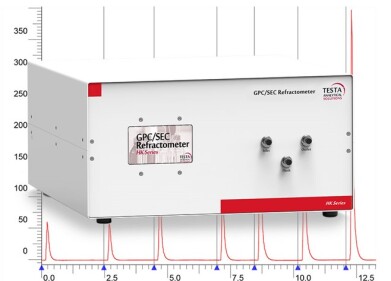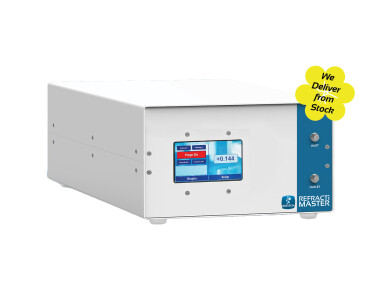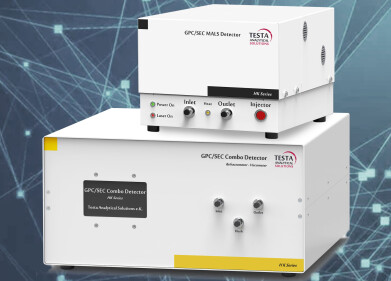Detectors
5 Characteristics of a Good Gas Chromatography Detector
Sep 22 2022
Separation is the primary purpose of gas chromatography. But as well as separating the components within a mixture, researchers need to detect the components as they’re eluted off a chromatography column.
That’s where a detector comes in – and there are a long list of options available. So, how do you narrow down your choice and find the right gas chromatography detector? Read on as we list five good detector characteristics.
- Reproducibility
Reproducibility is the ability to provide repeat precision when certain variables change for analyses. That includes things like location, measuring systems and measurement conditions. A good detector should provide a reproducible response, including when the concentration of eluting compounds changes within the carrier gas.
- Range
A detector’s linear range refers to the amount of an analyte that can be detected while still maintaining a directly proportional relationship with the signal intensity. So, if you double the amount of said analyte in the sample, the signal intensity should also double. To be suitable for a higher number of analyses, you’ll want your detector to have a good range.
- Sensitivity
Sensitivity is critical to detection, covering an instrument’s ability to detect the smallest changes in a sample. It goes without saying that a good detector will have high sensitivity – but we’ll say it anyway! This is one of the characteristics discussed in the article ‘Expanding the Boundaries of Light Scattering for Macromolecules’, which explores how to improve light scattering detection.
- Volume
Another characteristic of a good detector is small internal volume to create narrow peaks in your results. However, it also makes it easier to flush previous sample traces and avoid what’s known as “dead volume”. This refers to any volume that flows through the system without interacting.
- Destructiveness
Finally, there’s the distinction between destructive and non-destructive detectors. These two categories of detection are based on whether or not the detector transforms the effluent. Destructive detectors do so, making it harder or impossible to recover the sample. They include:
- Flame ionization detector
- Flame photometric detector
- Nitrogen phosphorus detector
- Atomic-emission detector
- Mass spectrometer
In contrast, non-destructive detectors measure the eluent directly to aid recovery. They include:
- Thermal conductivity detector
- Electron capture detector
- Photoionization detector
- Olfactometric detector
As you can imagine, it’s beneficial if a detector is non-destructive, which makes this another characteristic of a good detector.
Don’t forget maintenance!
While it’s not technically a characteristic, maintenance is another factor that can affect the performance of a detector. The initial characteristics of a detector are important for the accuracy of your results, but so too is maintenance to retain that high level of accuracy. This includes cleaning and servicing, which can reduce downtime and extend the lifespan of your detectors.
Events
Apr 22 2025 Kintex, South Korea
Analytica Anacon India & IndiaLabExpo
Apr 23 2025 Mumbai, India
Apr 27 2025 Portland, OR, USA
May 11 2025 Vienna, Austria
May 18 2025 Tempe. AZ, USA












